How airlines are using ‘connected’ aircraft for more than just passenger Wi-Fi
Welcome to the 'Internet of Things', where even the coffee maker is connected to the Web.
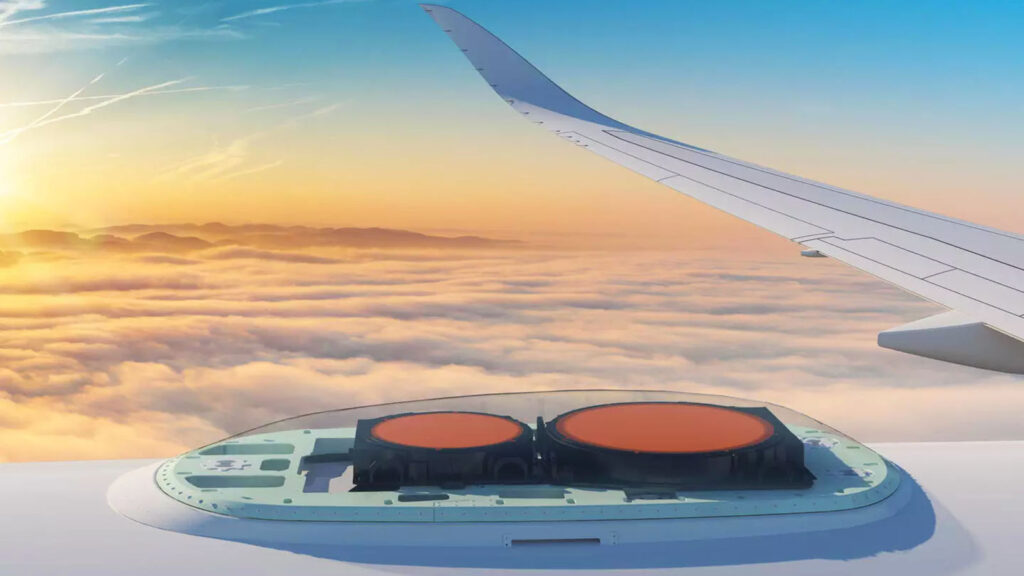
What we'll be covering
As a passenger, I love it when my flight has Wi-Fi. If it’s a holiday, I can use that time to keep up with friends on the ground. If I’m flying for work, it means I can do my job in the sky and relax when we land – it’s a great feature to have. But the latest generation of ‘connected’ aircraft can do so much more.
When managed well, inflight connectivity brings many improvements for passengers well beyond being able to browse and post. Behind the scenes, airlines can use that connection to identify problems and plan how to fix them – before the aircraft next touches down.
Let’s say a plane has a broken coffee maker. Traditionally, cabin crew would note this and pass it along on the ground. But on a connected aircraft, the airline can be alerted within moments of the fault. By having this information hours before a plane lands, they can plan to swap the broken appliance over once the aircraft is at the gate.
This makes for happier passengers on the plane’s next leg – who’ll never know there was even a problem. The same can be said of cabin lighting, inflight entertainment systems, fridges, restrooms… all can be connected to the ‘Internet of Things’ (IoT).
To learn more about what airlines and aircraft manufacturers are doing in this space, I caught up with Airbus and Delta Flight Products at the recent Aircraft Interiors Expo (AIX) in Hamburg. From the ground here in Germany, we even log in to a live Delta aircraft mid-flight from Paris to New York to see things in action. In short, the possibilities of today’s tech are very, very cool.
Westpac Altitude Qantas Black

Airbus wants aircraft connectivity to work like an eSIM
Traditionally, inflight connectivity is clunky. Airlines need to lock in a service provider and install that company’s custom hardware. From there, moving to a new provider in future is time-consuming and very expensive. It’s not like swapping out a SIM card in a phone – aircraft need to be taken out of service and a lot of changes made.
We’ve seen this in recent years with Virgin Australia. The airline first launched inflight Wi-Fi on its domestic fleet in 2017. Back then, Gogo and Optus provided the tech. But more recently, Virgin relaunched connectivity with a new partner, Intelsat. Getting the Intelsat system rolled out across the fleet has taken quite some time because each aircraft needs to be grounded and updated.
But Airbus has a better idea. What if airlines could change providers as fast as passengers could set up a new eSIM on their smartphones? By making it easier to swap companies, prices might even be more competitive behind the scenes – because companies know if they overcharge, it’s easier for an airline to switch.
Airbus hopes more airlines will sign up for its ‘Airspace Link HBCplus’ (High Bandwidth Connectivity) service. Under this system, airlines install a universal type of antenna that’s compatible with multiple providers.

Emirates and Ethiopian Airlines will be the first to fly with the HBCplus system. It’ll come installed on the airlines’ new A350 aircraft – allowing them to get connected with any participating satellite-based provider.
Delta takes connectivity to the next level
Even without inflight Wi-Fi, aircraft have been able to digitally transmit data to the ground for years. Historically, this takes place via ACARS (Aircraft Communications Addressing and Reporting System). It can do a lot of things. But to make the comparison, ACARS is like sending an SMS on an old black and white Nokia. Newer forms of inflight communication are more akin to browsing the Web on a 5G smartphone.
Delta Air Lines is finding new ways to use today’s improved bandwidth. In fact, many of the aircraft in Delta’s fleet are already connected to more than passenger Wi-Fi.
Even on planes with legacy inflight Wi-Fi, Delta can now detect issues with inflight entertainment in real-time. Yes, if that seatback TV needs a few reboots during your flight just to stay alive and working, it’ll have already been flagged with teams on the ground.
Delta is keen to show me how this works, so we log in to a live flight from the ground here in Hamburg. This isn’t just a setup – I can choose any connected aircraft in the Delta fleet. There’s a plane mid-journey from Paris to New York, so we dive in.
Here on the ground, I can see that everything looks A-OK with the TVs throughout the cabin. The live data even lets us see the type of content people are watching. When we connect, 26 people are looking at the live map (are we there yet?). Video content is the most popular, with 90 passengers actively watching something. Games are the least popular, with just three people engaged in gameplay. Seven are listening to audio, and the rest of the screens are idle.
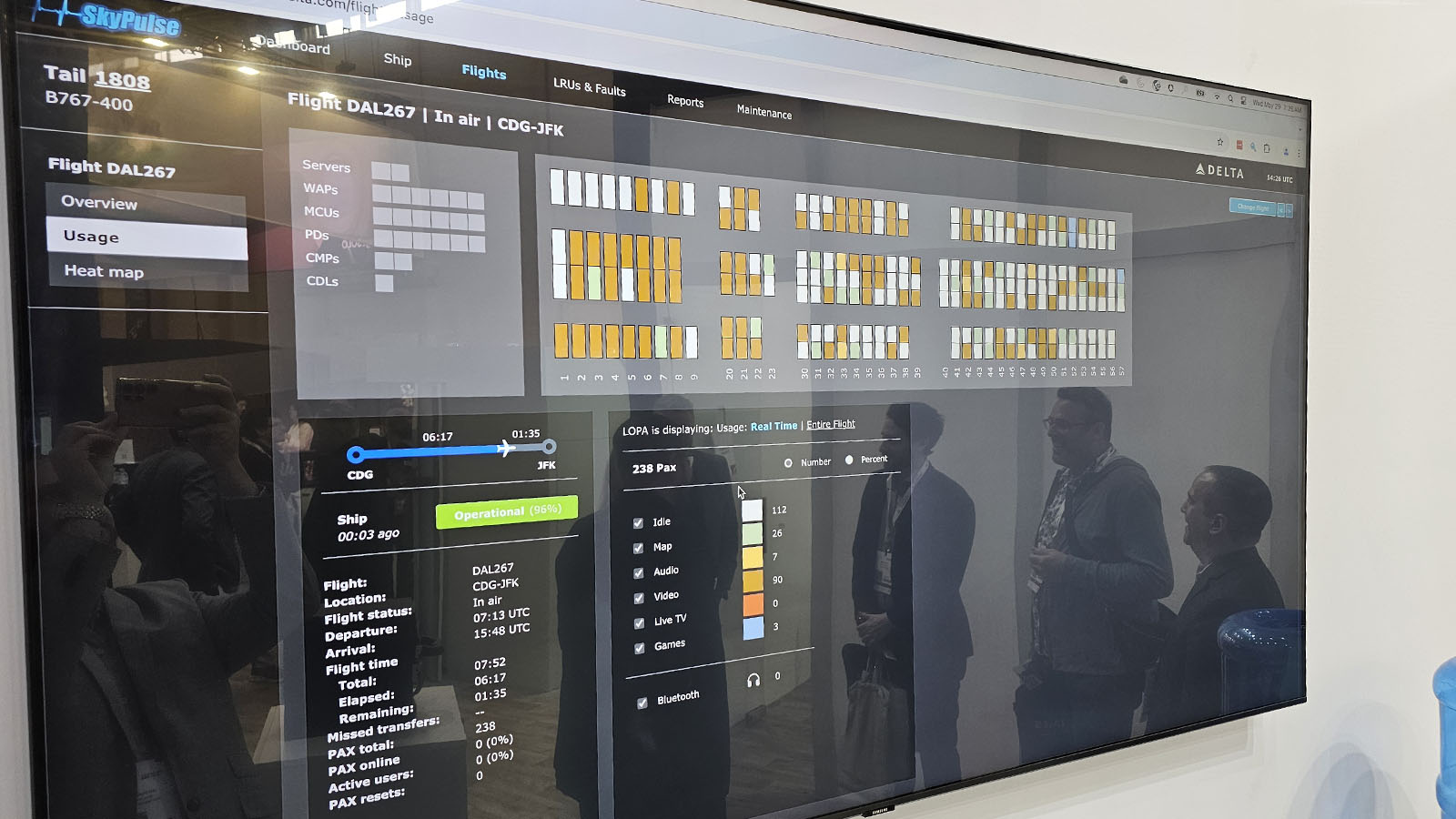
The real gains from connected aircraft
Here’s where things get more interesting. There’s certainly a novelty in seeing what people are doing live on a long flight. But that live data can become much more useful for the airline’s maintenance and catering teams. It just requires more ‘things’ to become connected to it on the aircraft.
Delta Flight Products – a wholly-owned subsidiary of Delta Air Lines – is looking at expanding that to objects like coffee makers. In an on-ground demonstration, Delta staff could use the same system to detect faults on an aircraft far away. When those coffee machines are working well, of course, they can even note the coffee temperature – it’s all there.
Window shades and restroom conditions can be noted, too. As previously reported, Delta Flight Products is working on a concept seat for passengers with wheelchairs, allowing them to stay in their own chair on the flight. This system can even communicate whether somebody is doing so, as a backup for the pre-arrival procedures to welcome them at the airport upon landing.
Here’s another use that’s quite fascinating. While it’s still being worked out, Delta can equip its galleys, carts and planes with sensors and beacons. Take so much as a can of soft drink from the trolley and that can be recorded and relayed to the ground.
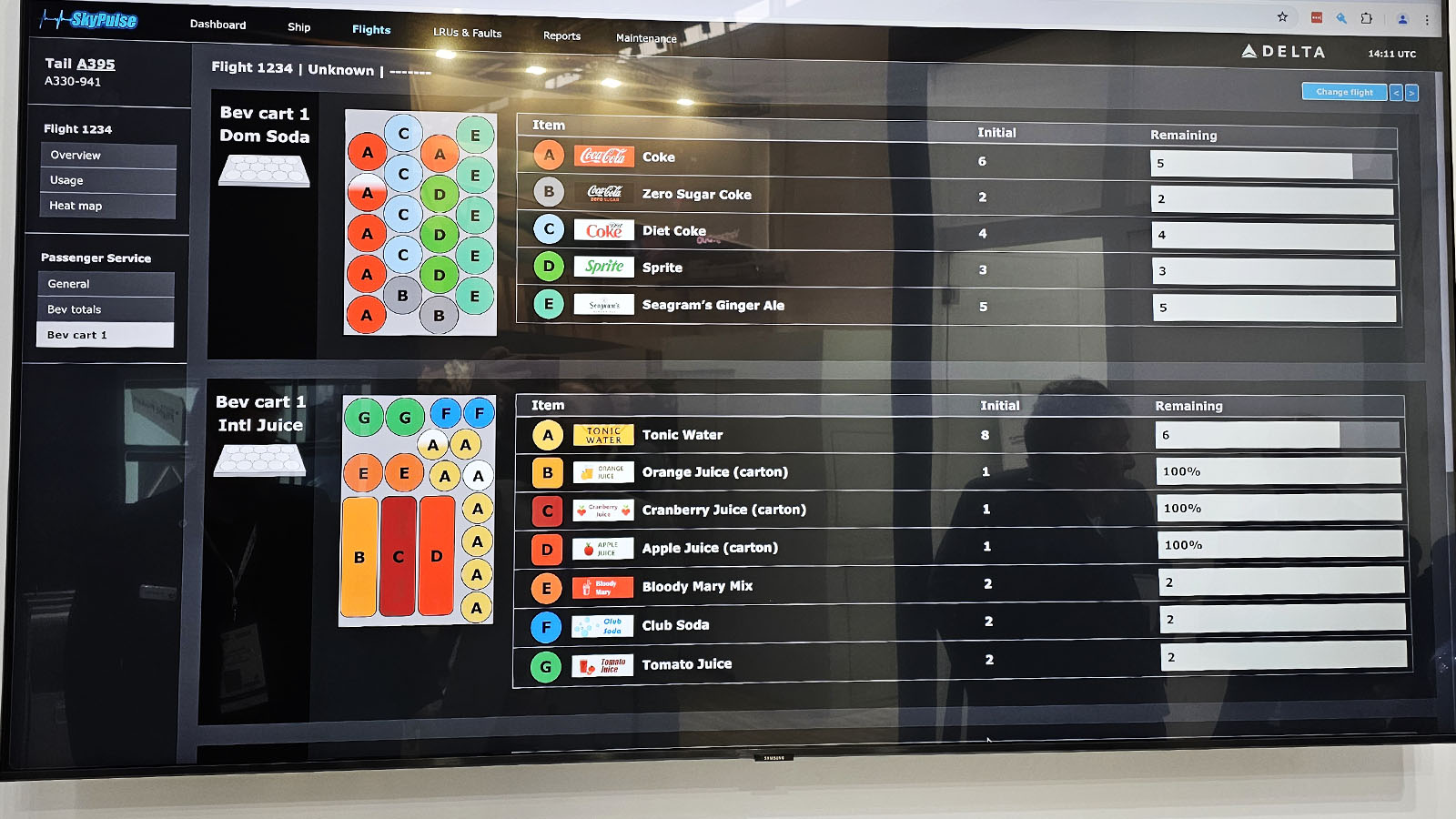
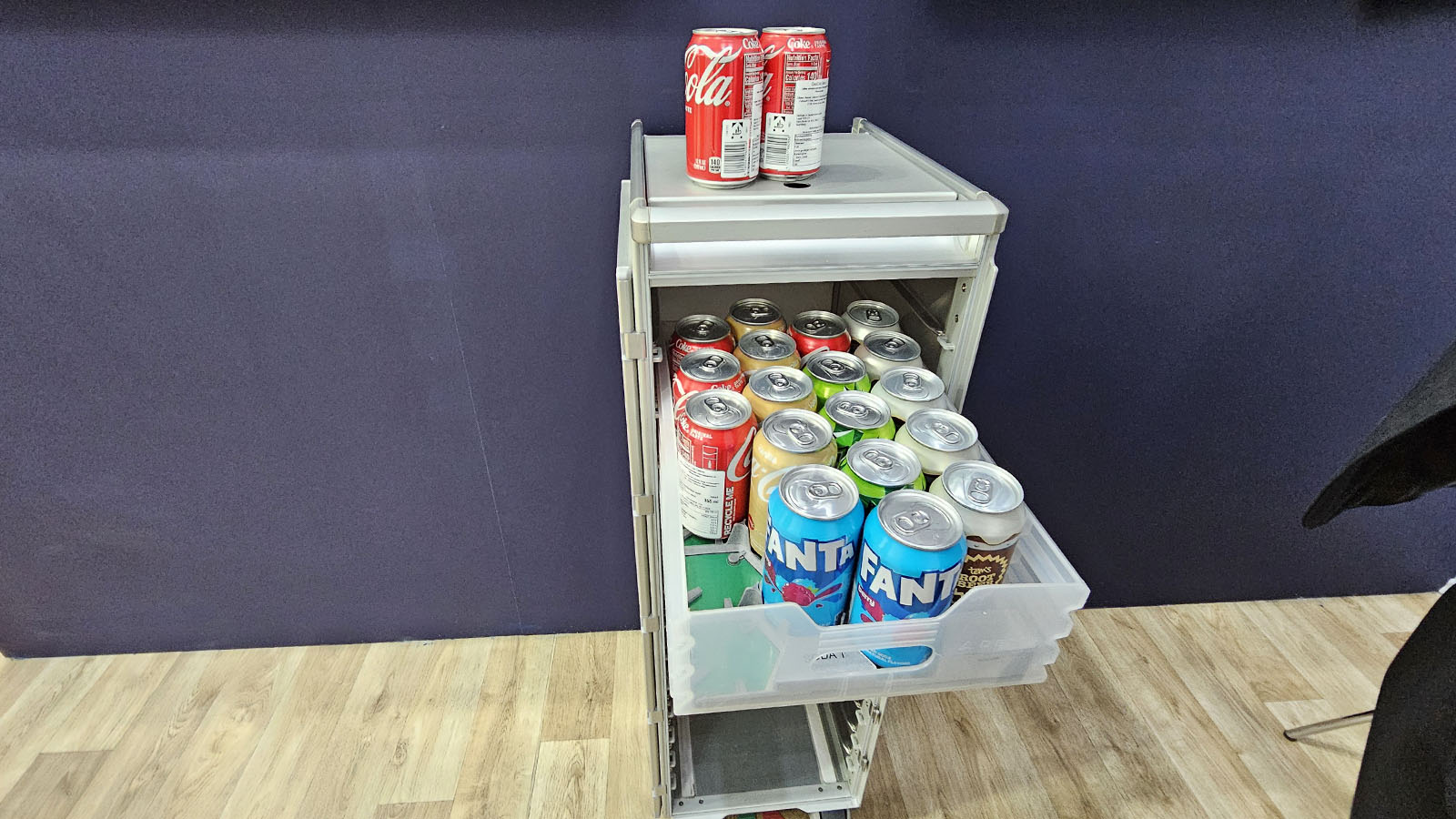
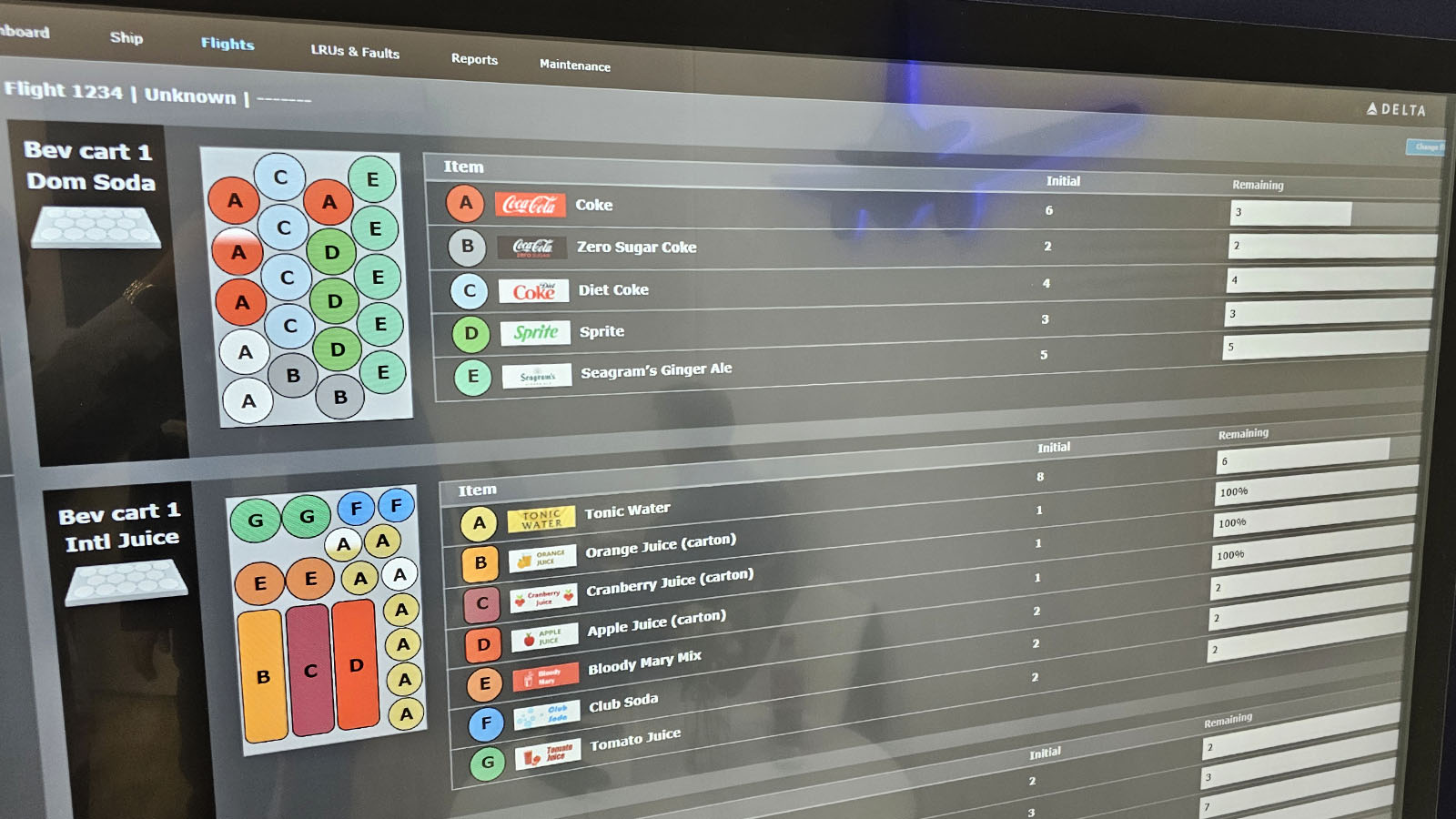
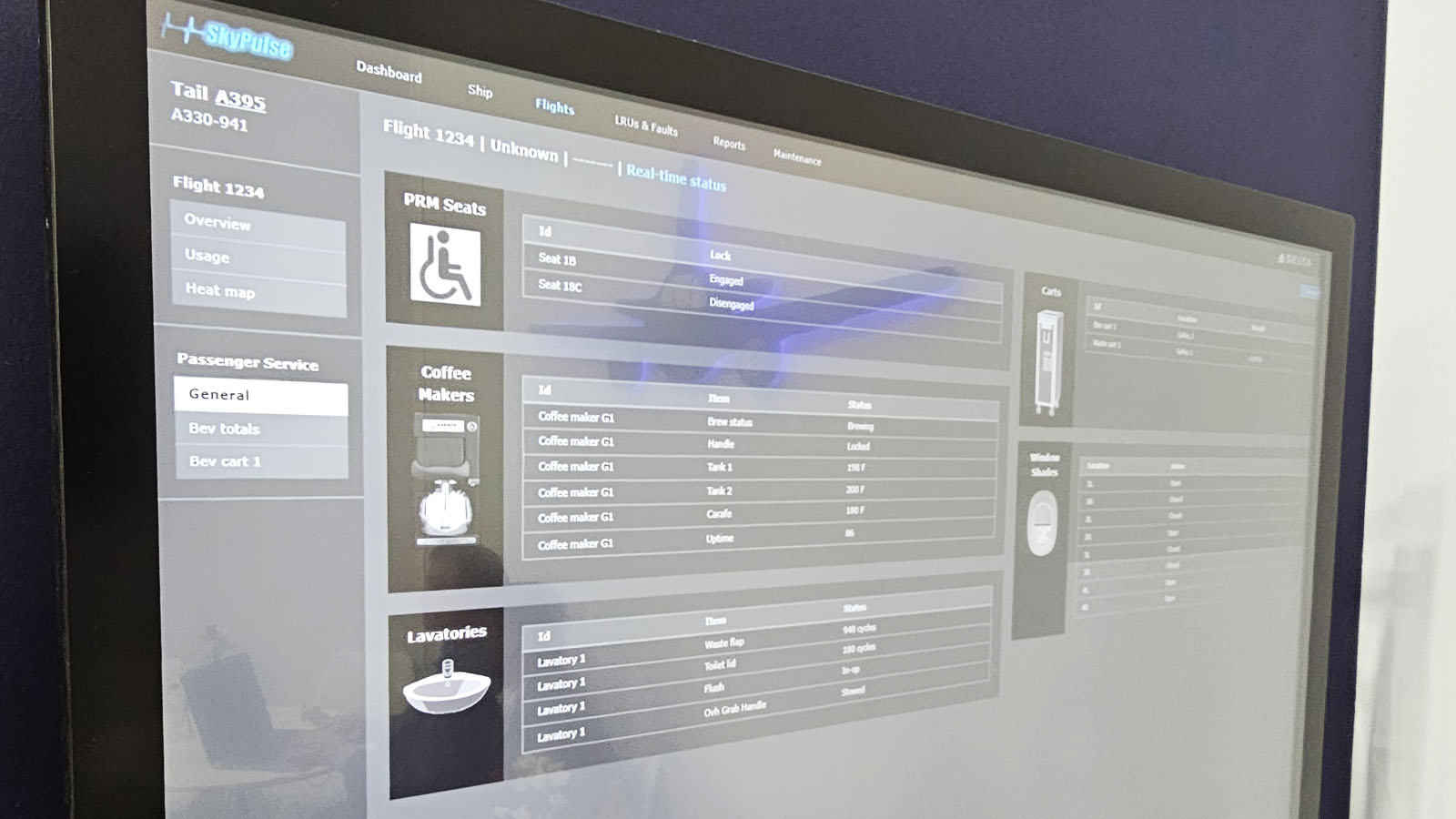
Practically speaking, I’m told this would be very useful for testing out the popularity of a new menu item. Or, to observe which drinks are typically more popular in which cabins, to help adjust the catering loadings to match. If there’s a special meal on board, it could also be detected and its live location presented to the cabin crew via screen or app. Very handy if the meal needed to be loaded far away from the passenger!
Summing up
It’s worth pointing out that Delta Flight Products’ inventions don’t necessarily end up adopted by ‘actual’ Delta. However, DFP does licence some of its initiatives to other airlines. If they develop something and Delta doesn’t claim exclusivity, it could easily end up flying on a connected aircraft elsewhere.
The underlying system, SkyPulse, is already flying across many of Delta’s domestic and international aircraft. It’s what allowed us to ‘log in’ and see what’s happening on the entertainment front. If expanded, objects like coffee makers and bar carts could be connected to the same system.
For what it’s worth, SkyPulse isn’t installed on every aircraft type with Delta. The standard version of SkyPulse – connected to inflight entertainment – hasn’t yet made it to the airline’s Airbus A350 fleet, which flies to Australia. So, don’t worry, if you really like a movie and watch the same film five times over on the same flight, nobody on the ground will judge you… yet!
Also read: Delta eyes flights to Melbourne as Brisbane launch nears
Featured image courtesy of Airbus. Other photography by Chris Chamberlin for Point Hacks.
Stay up to date with the latest news, reviews and guides by subscribing to Point Hacks’ email newsletter.

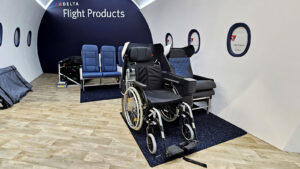
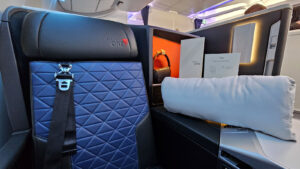
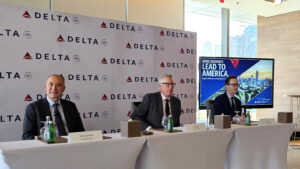

It’s worth its weight in gold.